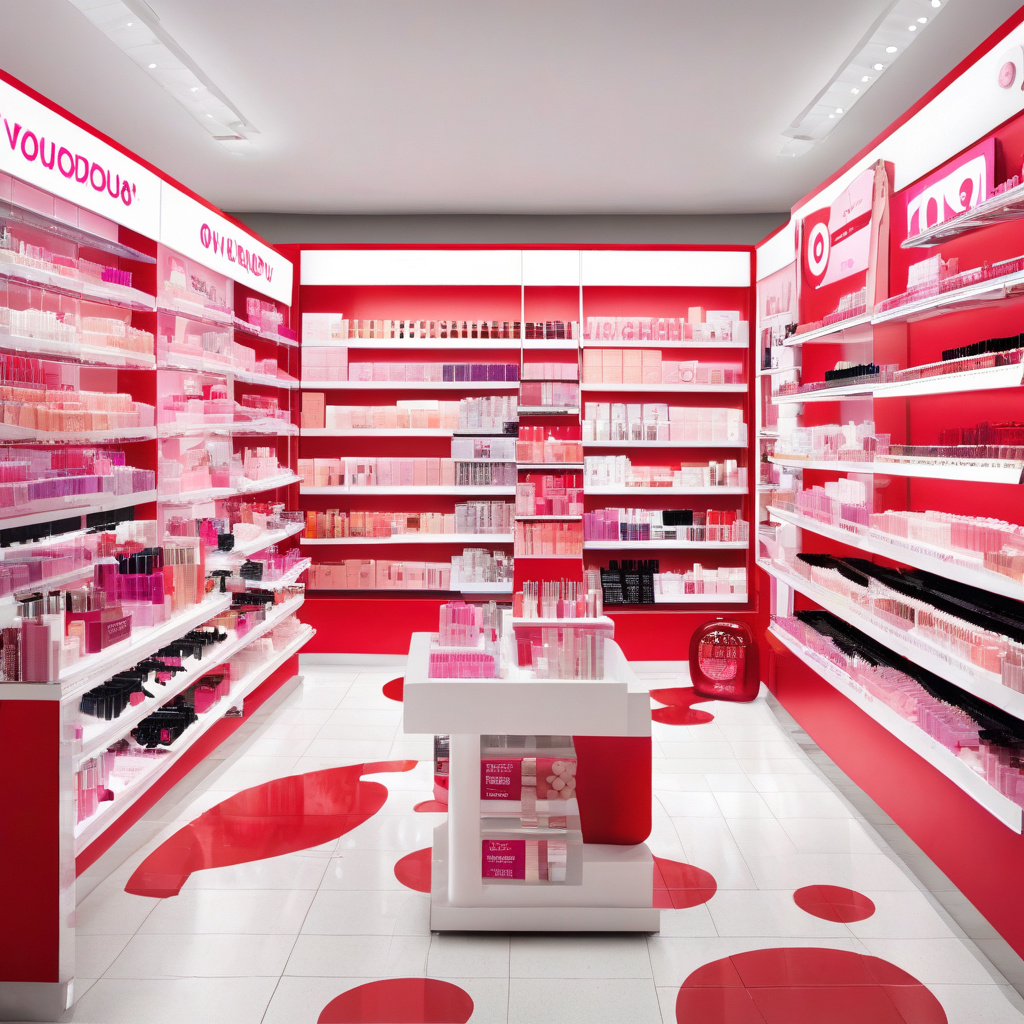Ulta Beauty and Target: Understanding the Breakup
Ulta Beauty, the largest beauty retailer in the United States, recently made headlines by announcing the end of its shop-in-shop partnership with Target. This decision came as a surprise to many, considering the initial popularity of the collaboration. So, what led to this breakup between two retail giants?
The partnership between Ulta Beauty and Target was undoubtedly a strategic move aimed at capitalizing on the strengths of both companies. By offering a curated selection of beauty products within Target stores, Ulta Beauty could reach a broader customer base, while Target could enhance its beauty offerings and attract more shoppers. Initially, the collaboration seemed like a match made in retail heaven.
However, as experts point out, the downfall of this partnership can be attributed to several key factors. One major issue was poor execution. Despite the potential benefits of the collaboration, the implementation fell short of expectations. Customers reported inconsistent product availability, limited staff knowledge about beauty products, and overall subpar shopping experiences. These factors undoubtedly played a role in driving customers away rather than attracting them.
Another significant factor that contributed to the breakup was the ever-changing landscape of retail and shifting consumer habits. With the rise of e-commerce and the convenience of online shopping, traditional brick-and-mortar retailers have been forced to adapt rapidly. The beauty industry, in particular, has seen a significant shift towards online sales, with customers preferring the ease of browsing and purchasing products from the comfort of their homes.
Furthermore, the overlap between Ulta Beauty and Target in terms of store locations and customer demographics may have also played a role in the decision to part ways. With many Ulta Beauty stores located in close proximity to Target locations, customers may have felt that there was little incentive to visit a Target store for beauty products when they could easily shop at a dedicated Ulta Beauty store. This overlap likely led to cannibalization of sales and diluted the impact of the partnership.
In the end, the breakup between Ulta Beauty and Target serves as a reminder of the challenges that retailers face in today’s competitive market. While collaborations can be a powerful tool for growth, they must be executed thoughtfully and strategically to deliver value to both partners and customers. Ultimately, understanding the dynamics of the retail landscape and staying attuned to changing consumer preferences are crucial for long-term success in the industry.
As Ulta Beauty and Target go their separate ways, it will be interesting to see how both companies adapt their strategies to thrive in an ever-evolving retail environment.
Ulta Beauty, Target, breakup, retail, collaboration












